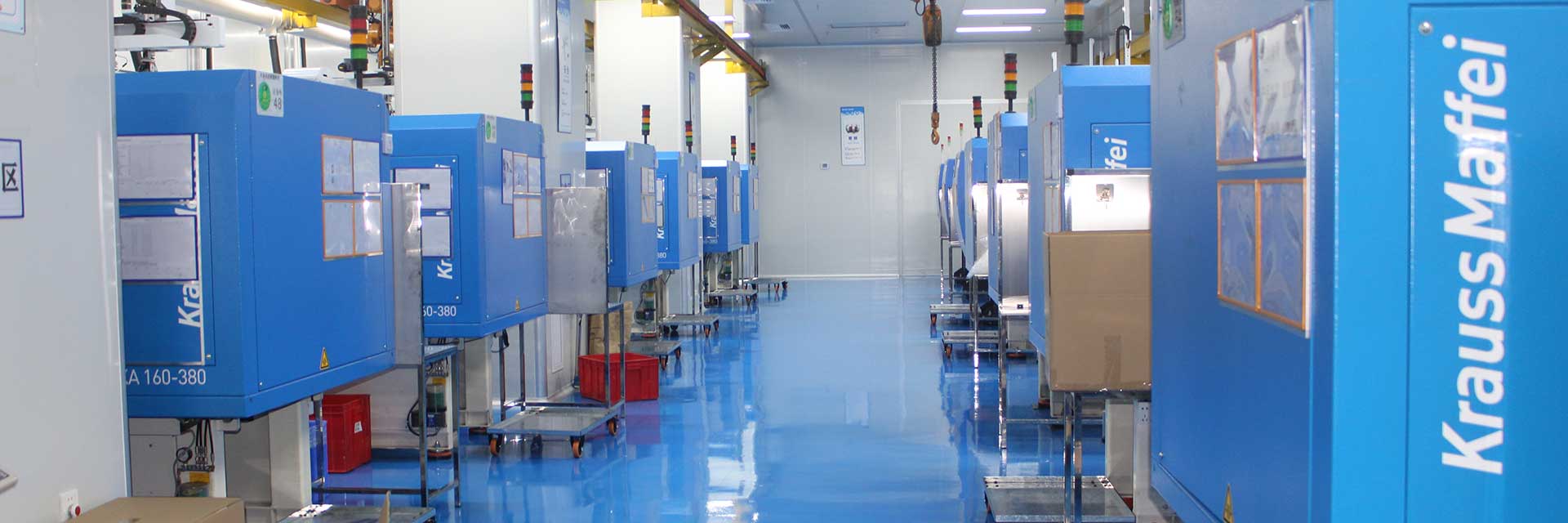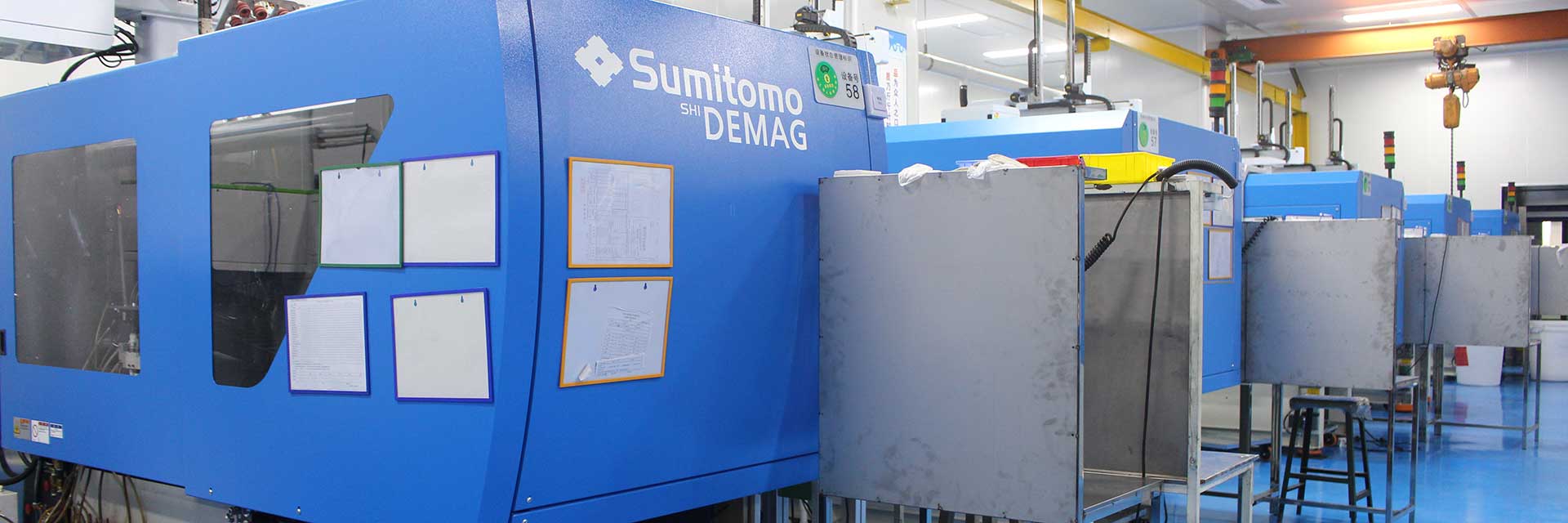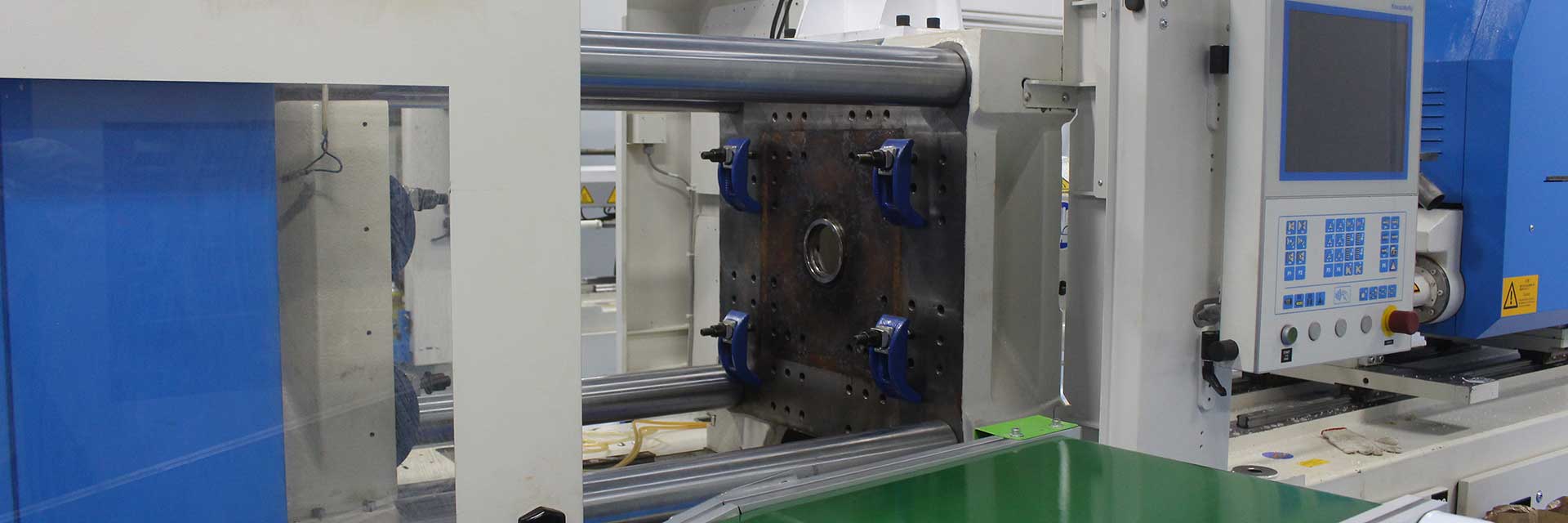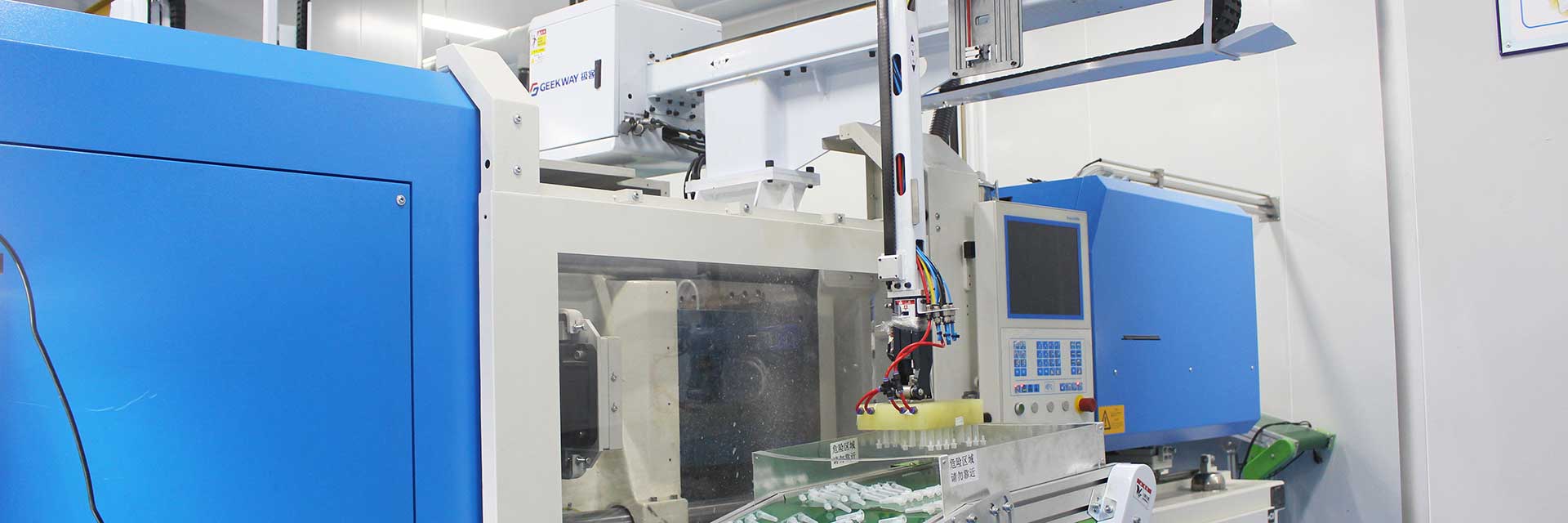In the competitive world of injection molding, reducing cycle time without compromising quality is a top priority for manufacturers. Shorter cycle times directly translate to higher output, lower costs, and improved profitability. However, achieving this requires a holistic approach that considers material selection, mold design, process parameters, and machine efficiency. Here are some proven strategies to optimize your injection molding cycle:
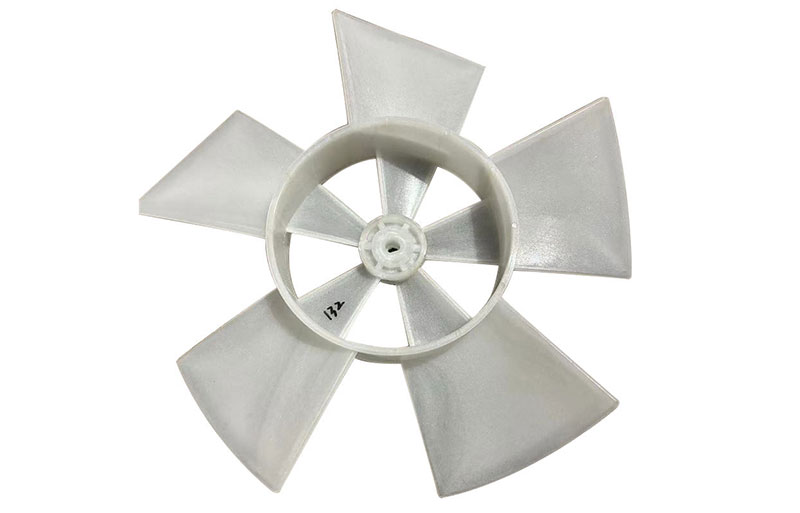
1. Mold Design Optimization
A well-designed mold is the foundation of efficient production. Key considerations include:
- Gate Design: Use smaller gates to minimize material flow time while ensuring complete cavity filling.
- Cooling System: Implement conformal cooling channels to reduce cooling time by up to 40%. Properly placed cooling lines ensure uniform temperature distribution, preventing warping.
- Ejector System: Optimize ejector pin placement to reduce ejection time and prevent part damage.
2. Process Parameter Adjustments
Fine-tuning process parameters can significantly impact cycle time:
- Injection Speed: Increase speed for thin-walled parts to reduce filling time, but avoid excessive speeds that may cause air traps.
- Melt Temperature: Lower temperatures reduce cooling time but must be balanced with material viscosity to ensure proper flow.
- Packing & Holding Pressure: Minimize holding time once the part is sufficiently packed to avoid unnecessary delays.
3. Material Selection
Choosing the right material can enhance cycle efficiency. High-flow resins require less injection pressure and time, while fast-cooling materials reduce the cooling phase.
4. Advanced Technologies
Incorporating Industry 4.0 solutions like real-time monitoring and AI-driven process optimization can identify bottlenecks and automate adjustments for consistent cycle times.
By implementing these strategies, manufacturers can achieve a 10-30% reduction in cycle time, leading to substantial cost savings and increased competitiveness. Continuous improvement and data-driven decision-making are essential for staying ahead in the dynamic injection molding industry.

